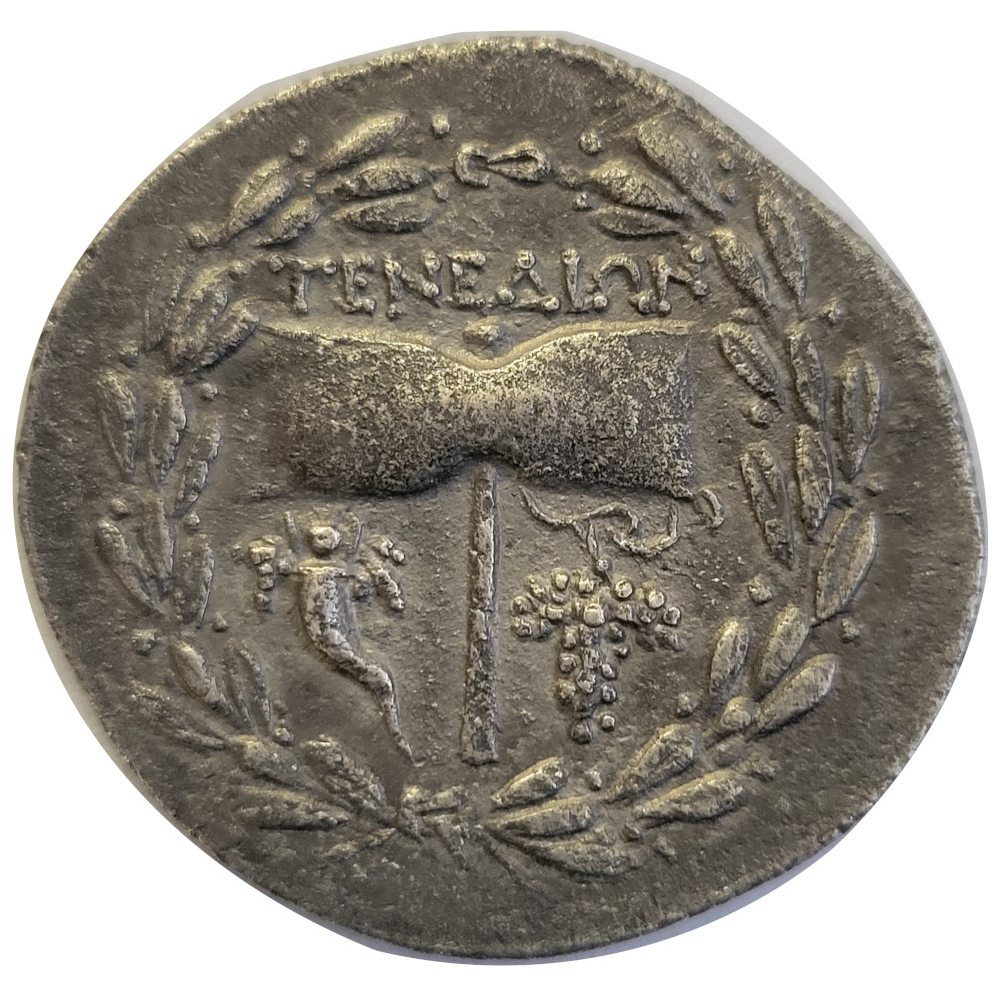Circa 610-546 BC Lydian Kingdom Alyattes Or Walwet Sixth Stater Or Hecte.
LYDIAN KINGDOM. Alyattes or Walwet (ca. 610-546 BC). EL sixth-stater or hecte (10mm, 2.35 gm). NGC Choice VF 5/5 – 3/5 countermark. Uninscribed, Lydo-Milesian standard. Sardes mint. Head of lion right, mouth open, mane bristling, radiate globule above eye / Two square punches of different size, side by side, with irregular interior surfaces. Weidauer 76-8. Boston 1769.
Lydian coins, made of silver, are among the oldest coins in existence, dated to around the 7th century BC. According to Herodotus, the Lydians were the first people to use gold and silver coins and the first to establish retail shops in permanent locations. It is not known, however, whether Herodotus meant that the Lydians were the first to use coins of pure gold and pure silver or the first precious metal coins in general. Despite this ambiguity, this statement of Herodotus is one of the pieces of evidence most often cited on behalf of the argument that Lydians invented coinage, at least in the West, although the first coins (under Alyattes I, reigned c.591–c.560 BC) were neither gold nor silver but an alloy of the two called electrum.
The dating of these first stamped coins is one of the most frequently debated topics of ancient numismatics, with dates ranging from 700 BC to 550 BC, but the most common opinion is that they were minted at or near the beginning of the reign of King Alyattes (sometimes referred to incorrectly as Alyattes II). The first coins were made of electrum, an alloy of gold and silver that occurs naturally but that was further debased by the Lydians with added silver and copper.
Alyattes’ son was Croesus (Reigned c.560–c.546 BC), who became associated with great wealth. Croesus is credited with issuing the Croeseid, the first true gold coins with a standardised purity for general circulation, and the world’s first bimetallic monetary system circa 550 BCE.
It took some time before ancient coins were used for commerce and trade. Even the smallest-denomination electrum coins, perhaps worth about a day’s subsistence, would have been too valuable for buying a loaf of bread. The first coins to be used for retailing on a large-scale basis were likely small silver fractions, Hemiobol, Ancient Greek coinage minted in Cyme (Aeolis) under Hermodike II then by the Ionian Greeks in the late sixth century BC.
Sardis was renowned as a beautiful city. Around 550 BC, near the beginning of his reign, Croesus paid for the construction of the temple of Artemis at Ephesus, which became one of the Seven Wonders of the ancient world. Croesus was defeated in battle by Cyrus II of Persia in 546 BC, with the Lydian kingdom losing its autonomy and becoming a Persian satrapy.
Lydia (Lydian: 𐤮𐤱𐤠𐤭𐤣𐤠, Śfarda; Aramaic: Lydia; Greek: Λυδία, Lȳdíā; Turkish: Lidya) was an Iron Age kingdom of western Asia Minor located generally east of ancient Ionia in the modern western Turkish provinces of Uşak, Manisa and inland Izmir. The ethnic group inhabiting this kingdom are known as the Lydians, and their language, known as Lydian, was a member of the Anatolian branch of the Indo-European language family. The capital of Lydia was Sardis.
The Kingdom of Lydia existed from about 1200 BC to 546 BC. At its greatest extent, during the 7th century BC, it covered all of western Anatolia. In 546 BC, it became a province of the Achaemenid Persian Empire, known as the satrapy of Lydia or Sparda in Old Persian. In 133 BC, it became part of the Roman province of Asia.












